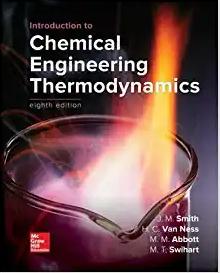Answered step by step
Verified Expert Solution
Question
1 Approved Answer
Which of the following is the transfer function (Gc) of an ideal parallel PID controller? GC=Kc(1+is1+Ds)GC=Kc(1+,s)1GC=KC(1+isis+1)(Ds+1)GC=KC+sKI+KDs Temperature Th2 is to be controlled by adjusting flow


Step by Step Solution
There are 3 Steps involved in it
Step: 1

Get Instant Access to Expert-Tailored Solutions
See step-by-step solutions with expert insights and AI powered tools for academic success
Step: 2

Step: 3

Ace Your Homework with AI
Get the answers you need in no time with our AI-driven, step-by-step assistance
Get Started


